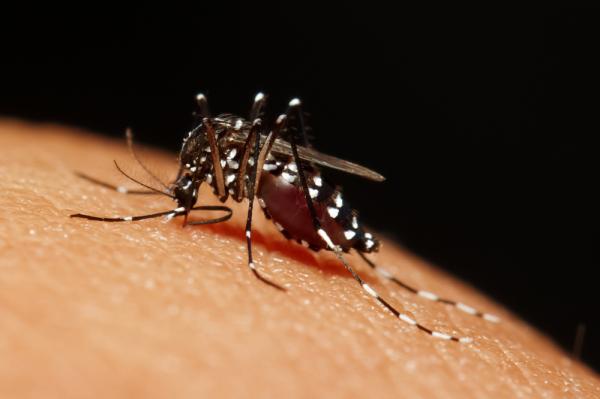
LONDON, Dec. 8 (UPI) — Scientists in London have developed a genetically modified mosquito capable of quickly passing along infertility genes and diminishing local populations.
Every year, the mosquito spreads malarial parasites to millions of people in sub-Saharan Africa — home to 90 percent of global malaria deaths — but researchers at Imperial College London may have a novel way to reduce those numbers.
The trick to curtailing mosquito populations using genetic modification is finding a trait that can be used to diminish the threat of malaria but can also be inherited by offspring.
Infertility in mosquitoes can be caused by a few different gene modifications. But a mosquito designed to be entirely infertile can’t pass on the infertility — rendering it rather useless, a sort of catch-22.
To solve this problem, researchers managed to modify only a single copy of an infertility-related gene in both male and female mosquitoes. This way, the initially modified mosquitoes can breed with local populations and pass along the infertility gene.
When just one copy of the gene is inherited, it will continue to spread through the population. If two copies of the gene are inherited by a female, she will be unable to have offspring. Slowly, the mosquito population will shrink.
Typically, modified mosquito genes exhibit an inheritance rate of roughly 50 percent. In lab tests, the new technique saw the infertility gene copy passed down to 90 percent of offspring.
Researchers detailed their recent success in a new paper, published this week in the journal Nature Biotechnology.
“The field has been trying to tackle malaria for more than 100 years. If successful, this technology has the potential to substantially reduce the transmission of malaria,” researcher Andrea Crisanti, a life sciences professor at Imperial, said in a press release.
Though the research is still likely ten years away from being used out in the field, researchers are excited by the technology’s promise.
Study authors say their mosquito wouldn’t be a substitute for other anti-malaria strategies — bed netting and pesticides — but would work in conjunction.
The new research was performed using the mosquito species Anopheles gambiae, one of the most common malaria-carrying varieties.
Some ecologists have expressed concerns that a reduction in one mosquito species could simply open up space from the proliferation of another equally dangerous one. But scientists on the latest project say Anopheles gambiae plays an outsized role in spreading malaria.
“There are roughly 3,400 different species of mosquitoes worldwide, and while Anopheles gambiae is an important carrier of malaria, it is only one of around 800 species of mosquito in Africa, so suppressing it in certain areas should not significantly impact the local ecosystem,” added lead study author Tony Nolan, also a life sciences professor at Imperial.





